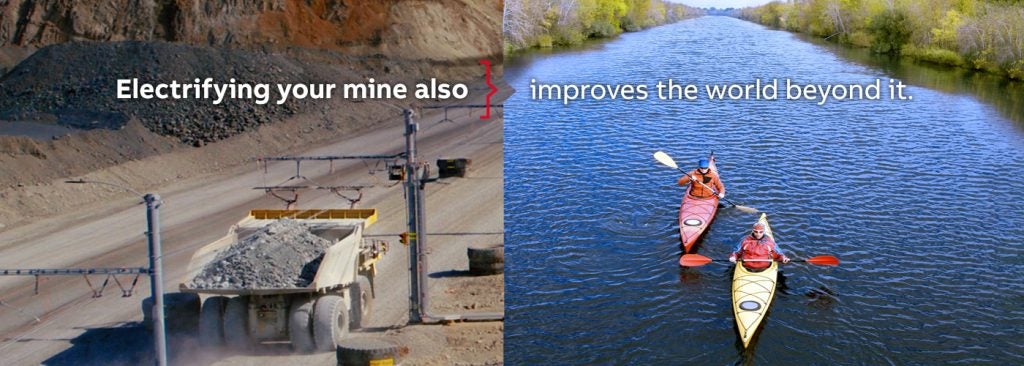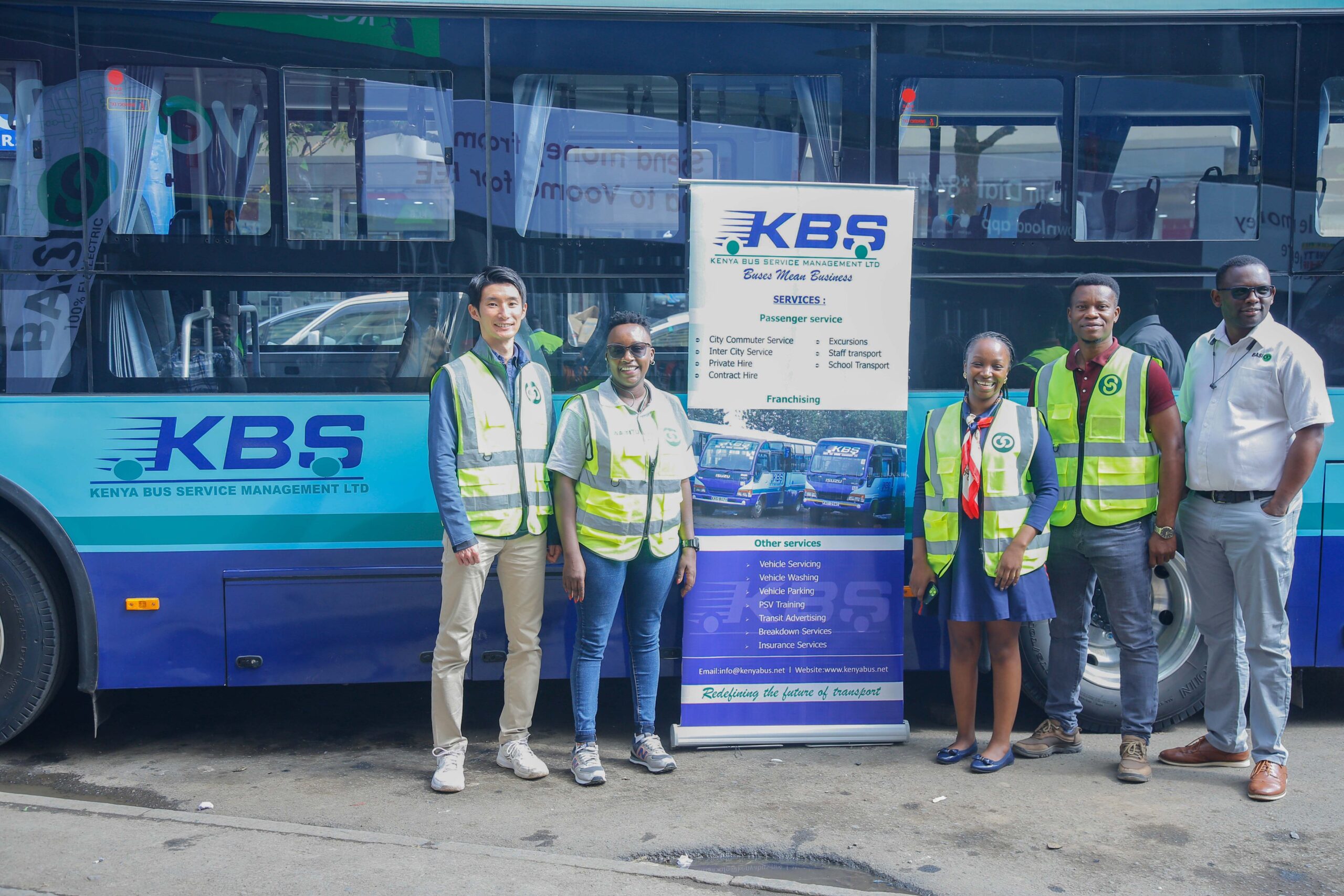Sign up for daily news updates from CleanTechnica on email. Or follow us on Google News!
Breaking The DCFC Standoff Is Hard
When it comes to EVs and EV charging, there’s a big chicken-and-egg problem, or perhaps better put, a Catch 22. EV chargers are expensive, especially for fast chargers (Level 3). A decent charging station can easily cost a million dollars, and then cost thousands per month to keep running. So, when a business is deciding whether to spend big bucks on putting a station in, the obvious first question is whether they’ll get that money back, and hopefully more.
But, when we don’t have fast charging available in all of the places we want to take an EV, it’s hard to justify buying the EV to begin with. Most interstate highways are covered well in the United States now, but there are still many other highways that are dead zones, even for Tesla vehicles. For the people who need or want to drive on those roads, an EV is still not the best choice.
This is where the dilemma comes in. Property owners don’t want to invest in an EV charging station because nobody comes through in an EV. But, people who would buy EVs and drive them there aren’t doing that because there are no stations. One of these things has to give for it to work out.
Part of the solution is government spending on EV chargers. By putting in enough chargers to get the process started, government breaks the stalemate and allows a normal market to develop. But, despite Uncle Sugar’s ability to print money (indirectly through borrowing endlessly), it’s still impossible for the government to do the whole job by itself. Just getting enough money to cover most major highways with a very basic level of service cost the federal government around $7 billion. Getting every road to have enough charging to handle a future where most drivers have an EV would take probably 5–10× more spending.
But, how can businesses spend all this money if it’s not profitable right now?
Some Good News About That Problem
Working with some data from ChargePoint, media outlets are now reporting that the profitability problem might be almost over. And, it’s not only ChargePoint, as everyone’s charging sessions are going up.
“Increased utilization pressure across all commercial segments demonstrates that EV charging has gone from a perk to necessity for businesses, their employees, and their customers,” said Rick Wilmer, CEO of ChargePoint. “With more EVs on the road, drivers are looking for reliable and accessible charging where it’s most convenient for them, whether that’s pulling off the side of the highway to charge and grab snacks, or plugging in for a few hours while they’re at work. It is clear that charging infrastructure must scale more rapidly alongside the consumer and commercial adoption of EVs.”
According to the company, there was a 53% increase in charging sessions in 2023 compared to 2022. More importantly, the number of sessions at rapid charging stations along major highways has gone up 109%, or just a little more than double. This happened despite the number of plugs increasing 47%, so there’s some real demand growth there.
Why This Matters
The most important thing about that data is that we’re starting to see utilization rates get into the 30% range for stations along busy highways. For most stations, this is the point where it’s possible to not only cover costs of construction and operation, but turn a small profit. This also leaves some room for growth in usage to the point where profits are good but there’s still spare capacity for unusual traffic events like holiday weekends.
It’s worth noting that these numbers are showing up at the busier stations, which tend to be either in cities or along the major highways connecting cities. This is because those are the first places where EV ownership started to take off, and those are the places where EV charging stations first popped up. Now, after years of available charging, EV ownership and use where the stations are is starting to catch up.
At first glance, this might not look like great news for more rural areas that either don’t have EV charging yet or haven’t had it for very long. But, that’s exactly where cities used to be, and that’s exactly where the major interstate highways were not too long ago. So, this shows us what the future for businesses in rural areas will look like in a few years.
The NEVI program from the Bipartisan Infrastructure Law is going to put the first stations in many areas, or bring the stations up to par in areas with deficient infrastructure at present. NEVI isn’t going to put in enough stations and stalls to equip rural areas for the future, when most people are driving an EV, but it’ll at least make driving possible for the initial wave of owners and visitors, just like happened along interstates just a few years ago.
What this tells us is that the approach of getting government help for the initial stations to break the ice (or break the ICE) works! What happened in cities and then along the interstates, where a few stations broke the standoff/Catch 22 and then profitability took over, will happen next in rural areas that will get their first charging stations soon. The end result is that private businesses can take over and create more charging growth and make some money in the process.
This is also good news for EV adoption in places that already have charging now. The truth is that we need for there to be a healthy economics in EV charging everywhere, from the cities to the most rural areas. Why? Because it’s all part of the same road system. People in cities need to be able to drive to rural areas and vice versa to maximize EV adoption everywhere. This means there’s a lot of urban-rural synergy that will unlock once we start to see healthy growth of privately-funded and privately-run EV charging across all areas in the next few years.
But, to get there, we do need to see the NEVI program complete successfully. This means keeping people from repealing it or otherwise disrupting it over the next few elections.
Featured image by Jennifer Sensiba.
Have a tip for CleanTechnica? Want to advertise? Want to suggest a guest for our CleanTech Talk podcast? Contact us here.
Latest CleanTechnica TV Video
CleanTechnica uses affiliate links. See our policy here.




.jpg)
